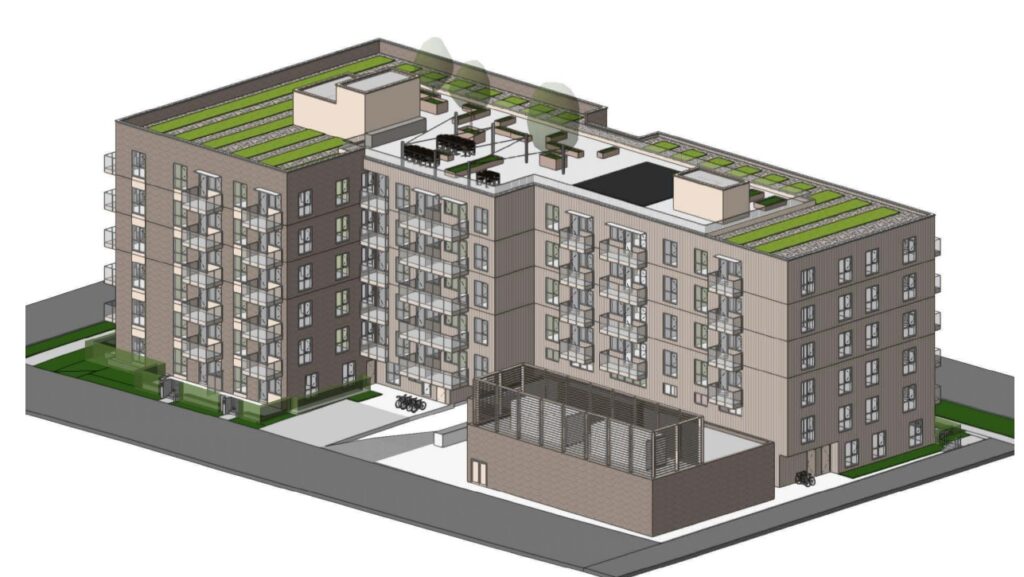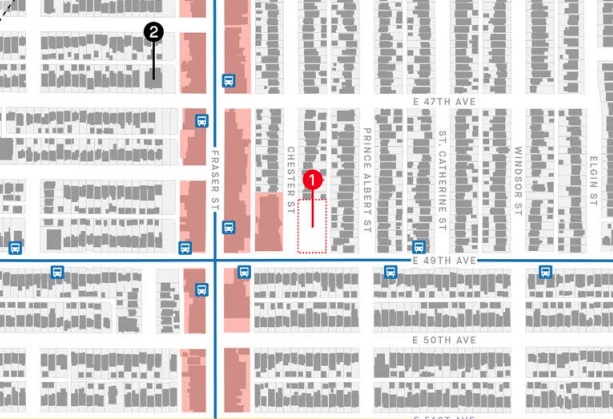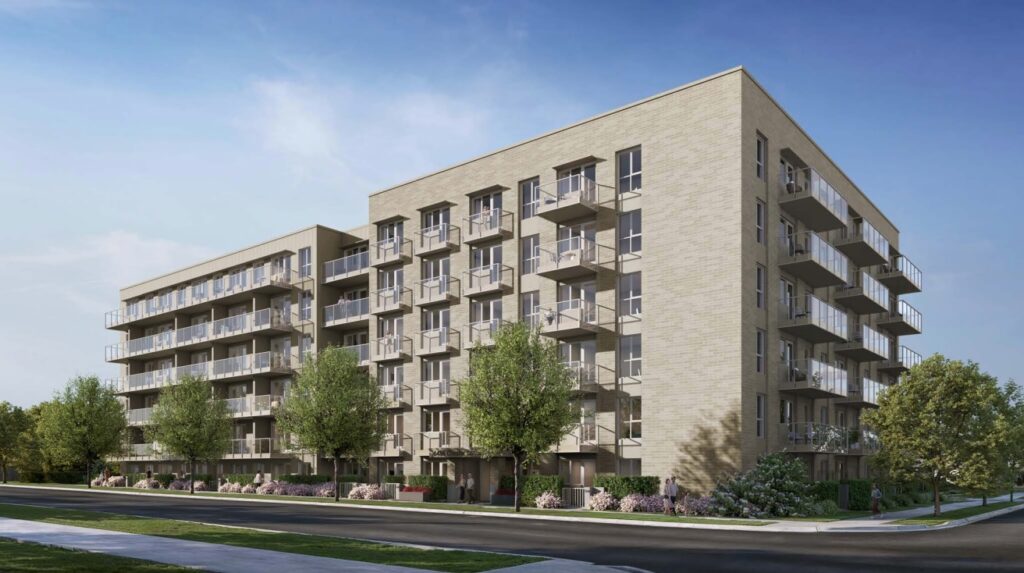The Canadian Dental Care Plan (CDCP) is now accepting more applications. Implemented in 2023, the program aims to decrease dental costs for Canadians earning less than $90,000 annually. The federal government says the dental plan will help up to nine million uninsured people get the care they need. Applications opened for eligible Canadians ages 18 to 34 on Thursday. The CDCP will expand eligibility even further later this month, on the 29th, for those aged 35 to 54. “The Government of Canada will send letters to Canadian residents aged 18 to 64 who may be eligible to the Canadian Dental Care Plan (CDCP), based on their 2024 adjusted family net income, inviting them to apply,” reads a government notice. “If you (and your spouse or common-law partner, if applicable) have filed your 2024 tax returns and received your notice of assessment from the Canada Revenue Agency, you can apply once applications open up for your age group, even if you haven’t received this letter.” If you’re already covered by the dental care plan, you’ll need to renew for the 2025 to 2026 period before June 1 to avoid a possible gap in coverage. To do this, you must have filed your 2024 tax return and received the notice of assessment from the Canada Revenue Agency. Who qualifies for the Canadian Dental Care Plan? You must meet all of the following requirements to be eligible for the dental care plan: You’re a Canadian resident You don’t have access to dental insurance through your employer, student organization, a family member’s employer benefits, your pension, or a family member’s pension benefits You’ve filed your tax return Your adjusted family net income is less than $90,000 Canadians who are part of their province’s or territory’s dental program can still qualify for the CDCP if they meet all eligibility criteria. What does the CDCP cover? These are some of the dental services it covers: Preventive services, including scaling (cleaning), polishing, sealants, and fluoride Diagnostic services, including examinations and X-rays Restorative services, including fillings Periodontal services, including deep scaling Oral surgery services, including extractions It expanded the services it covers in October to add the following: Complete specialist examinations Crowns Root canal re-treatments Removable partial dentures, overdentures, and immediate dentures Major surgical procedures Moderate sedation, deep sedation, and general anesthesia The government notes that the dental plan does not directly pay eligible members for the cost of dental care services. Even if you’re eligible, you may still have to pay your oral health provider any amount not covered by the CDCP. This article was originally published on May 11, 2025. It has since been updated.








